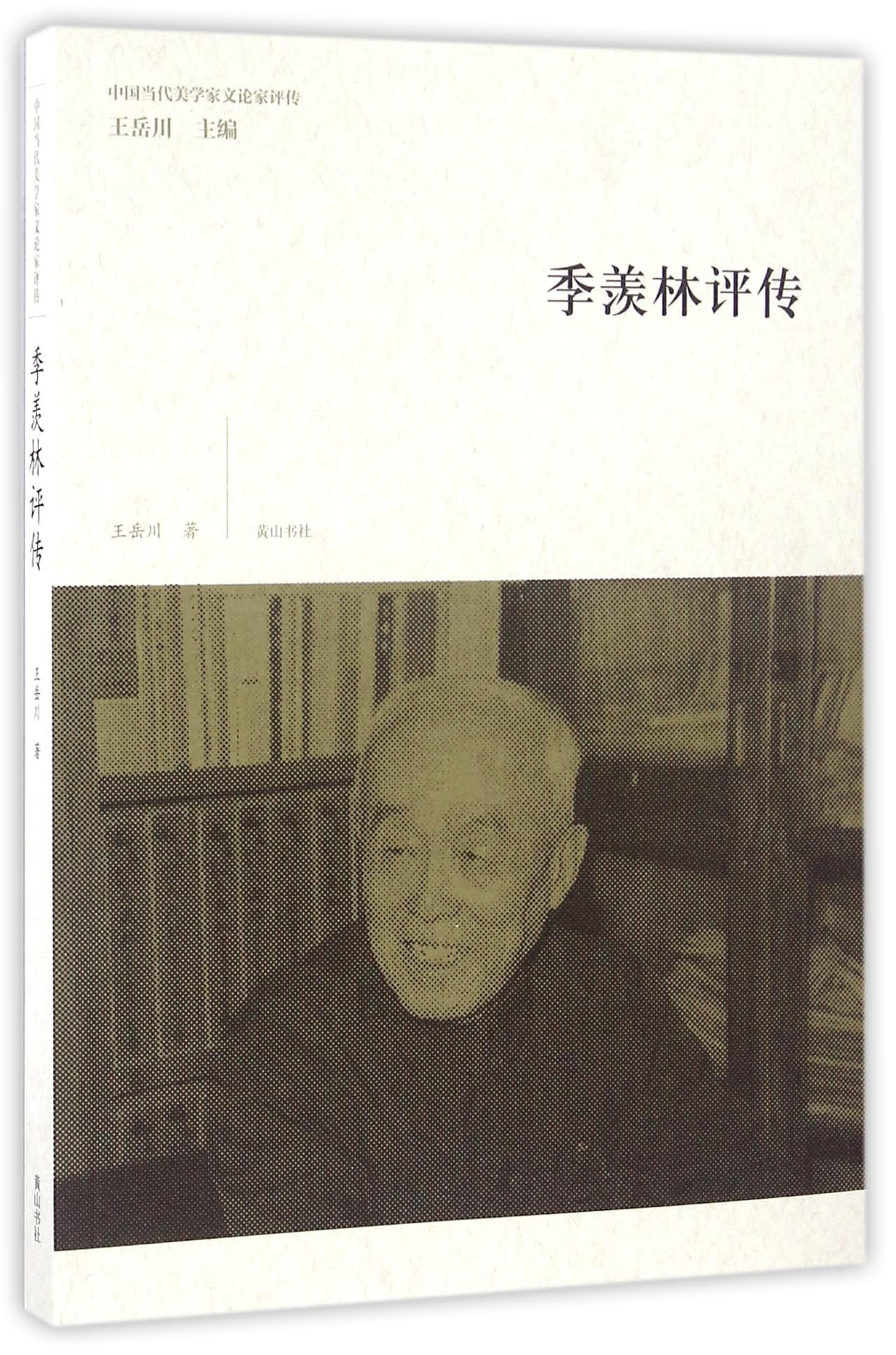Exchanges, independence within Chinese aesthetics

A Commentary on Contemporary Chinese Aestheticians and Literary Theorists
Editor in chief: Wang Yuechuan
Publisher: Huangshan Publishing House
In the last century, Chinese aesthetics and literary theories have produced their own culture and new aesthetic ways of thinking, though these processes have been difficult due to the constant expansion of modernism and the post-modernism of the West. While absorbing Western knowledge, Chinese aesthetics and theories of literature and art have been changing. However, when the borders keep expanding, the two disciplines have fallen into an identity crisis. The major problem lies in Chinese aesthetics, and literary theorists have not formed into groups. Also, throughout the last century, scholars investigated, digested and commented on their Western counterparts, but failed to analyze works of Chinese aestheticians and literary theorists.
A Commentary on Contemporary Chinese Aestheticians and Literary Theorists contains 10 volumes, including commentary on the academic results and anecdotes of Chinese aestheticians and literary theorists such as Zhu Guangqian, Zong Baihua, Ji Xianlin, Li Zehou, Yang Hui, Wang Yuanhua, Jiang Kongyang, Qian Zhongwen, Hu Jingzhi and Tong Qingbing. To Zong Baihua, art is a view of life. A “meaningful,” “valuable” life must be an artistic life. In his volume, the most frequently used words are “cosmos, life, art, beauty, heart and soul, tempo, music, dance and experience.” These words explained the realm of Chinese art and presented the spirit of Zong. In terms of anecdotes, Li Zehou once tested students who wanted to be his graduates with Western philosophy instead of the history of Chinese aesthetics, holding that those who do not know Western culture and a comparative view cannot properly research the field.
Chinese aesthetics is facing a critical time. It faces a world affected by different value systems brought about by a worldwide trend toward multiculturalism, albeit one that evolved alongside anti-globalization attitudes at cultural and religious levels. Multiculturalism is developing as human history moves ahead: the Chinese, Greek, Hebraic, Arabic and African traditions have risen and fallen, influencing the progress of human society one after another. The integration of modern society is unravelling, leading the world toward new pluralism and diversification. In this aspect, Ji believed that the ancient Greek, Roman, and the modern European and American culture comprised broader Western civilization, while the Semitic cultural circle, consisting of ancient Hebraic and Islamic cultures, and the Indian and Chinese cultural circles constituted the broader Oriental civilization. Ji emphasized the exchanges between the East and the West, and at the same time advocated that Chinese culture should turn its attention back to the traditions of self-construction and independence.
In addition, the current global expansion of Western literary theory is deeply rooted in the global dissemination of modernism and post-modernism, which provided platforms for the hegemony of Western artistic discourse. Certainly, without the West as mirror, we cannot see clearly the “ego” of Chinese culture. In-depth self-inspection through the cultural mirror will facilitate integration of local culture with globalization, enriching theoretical innovation of Chinese literature.
